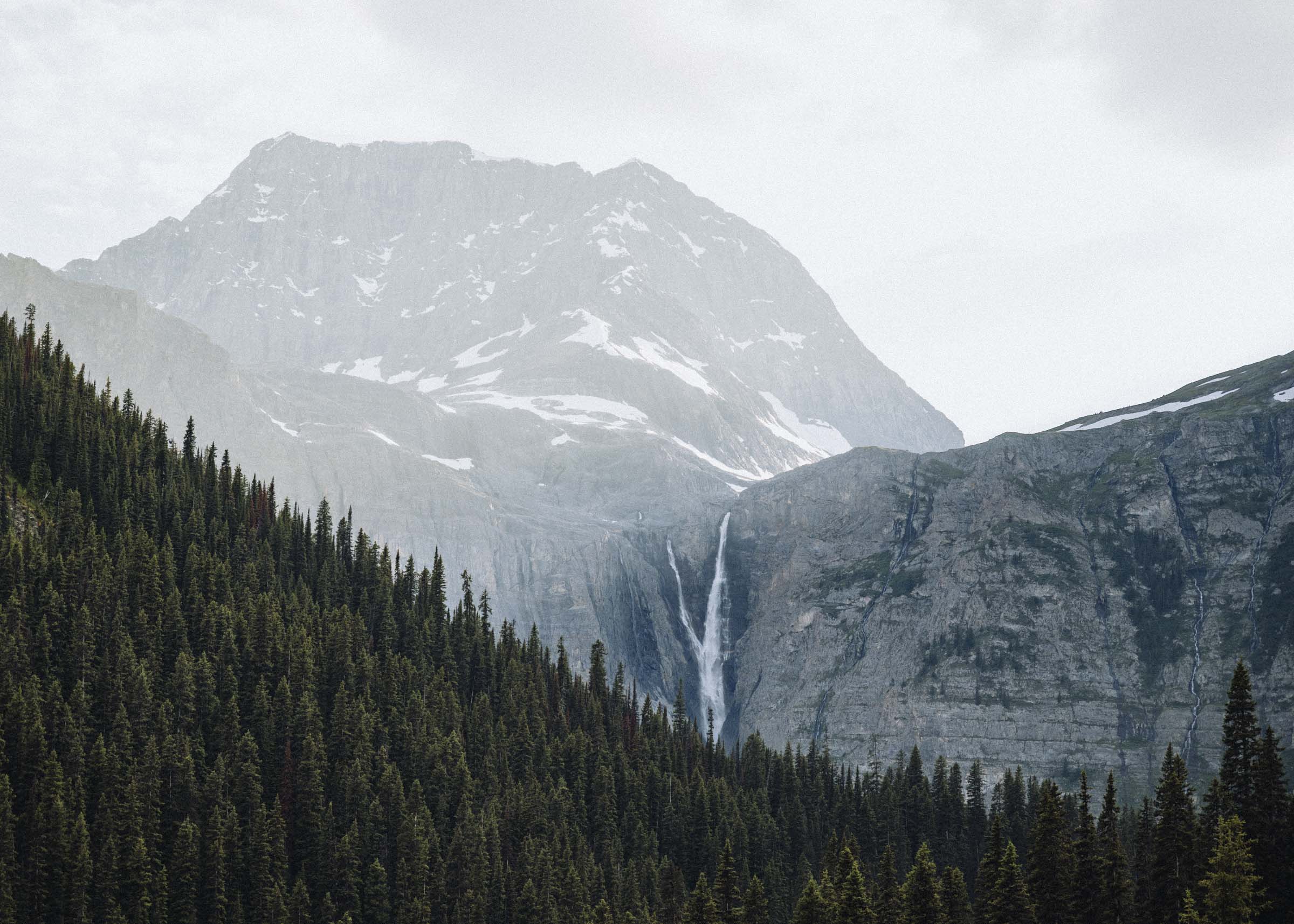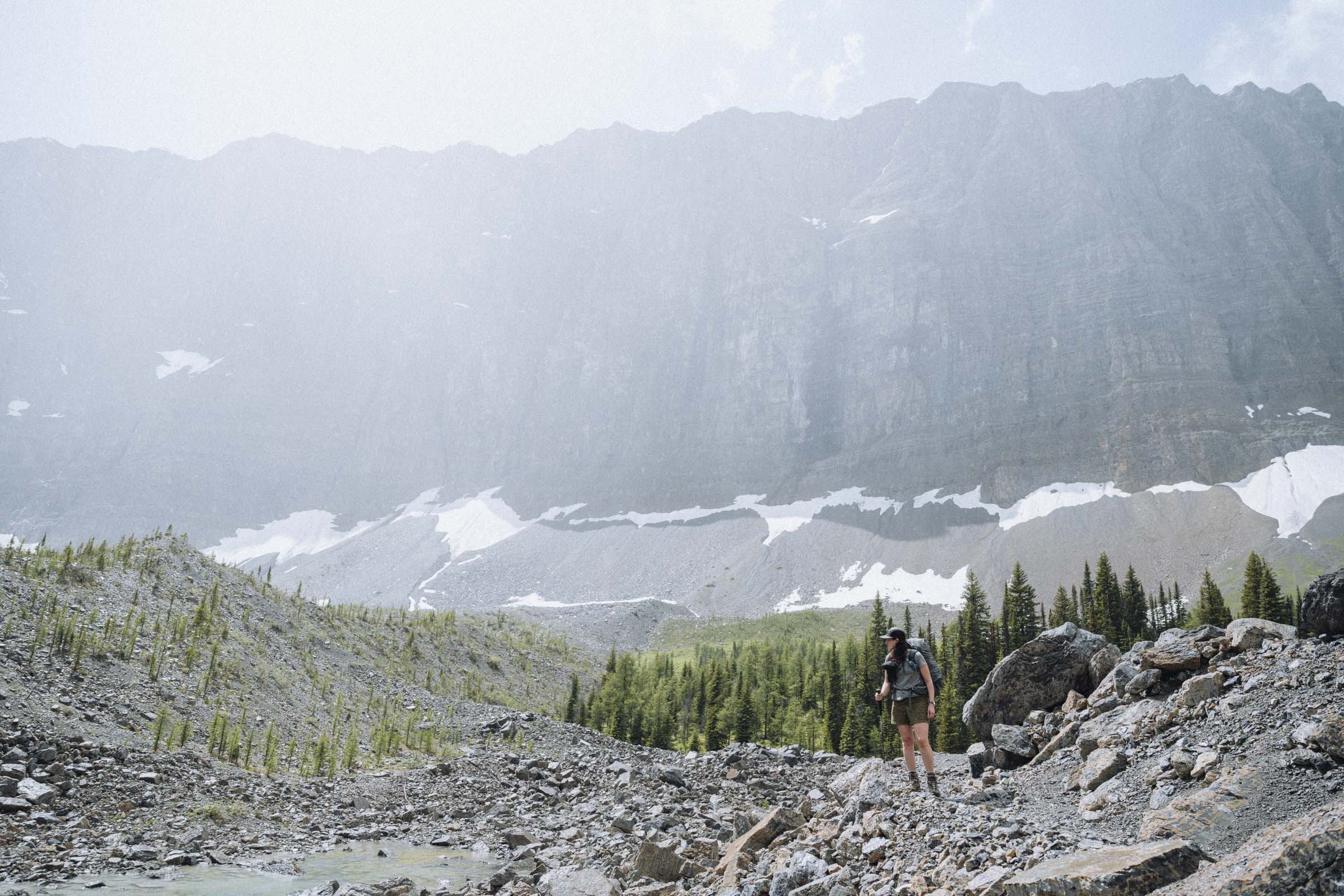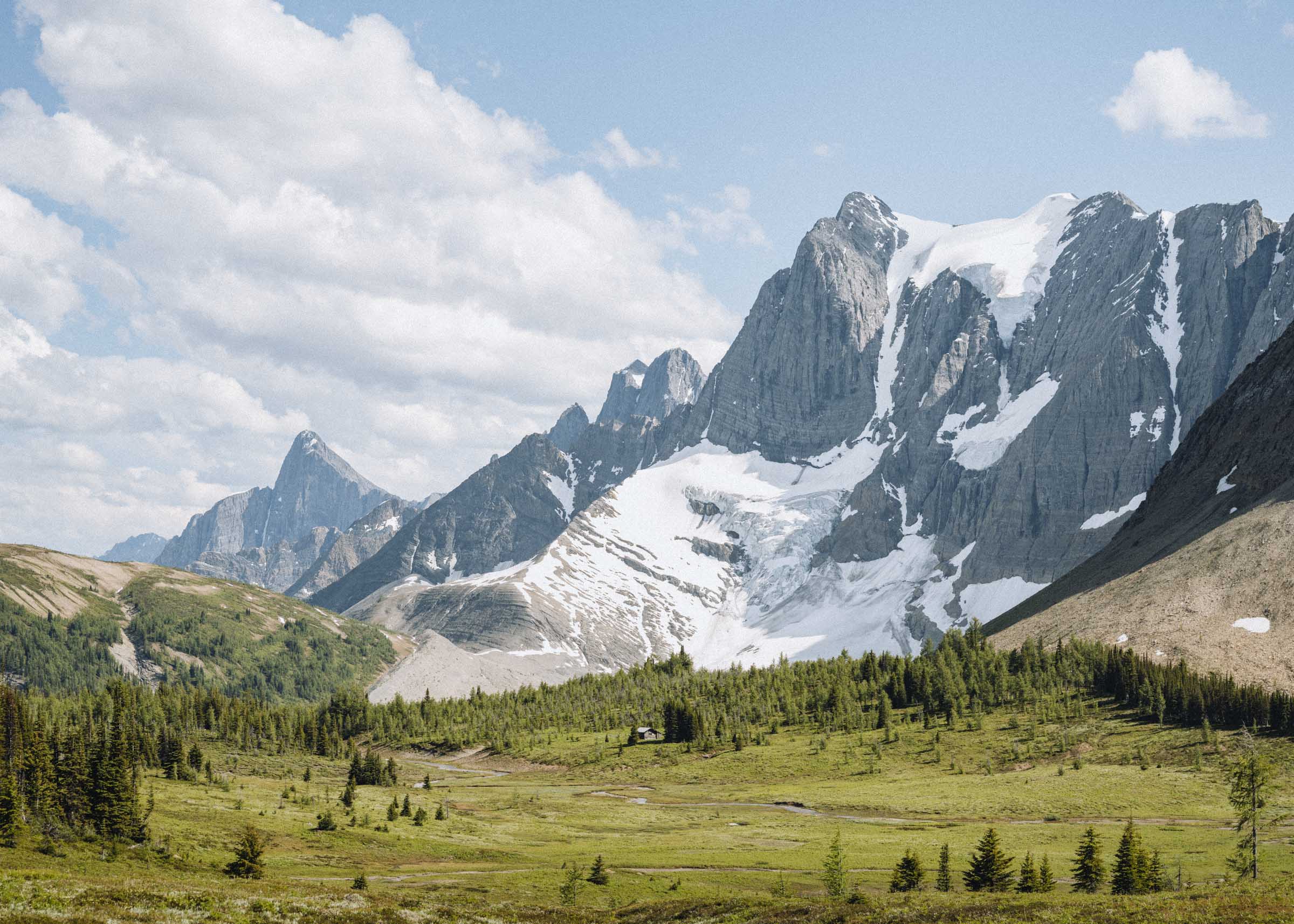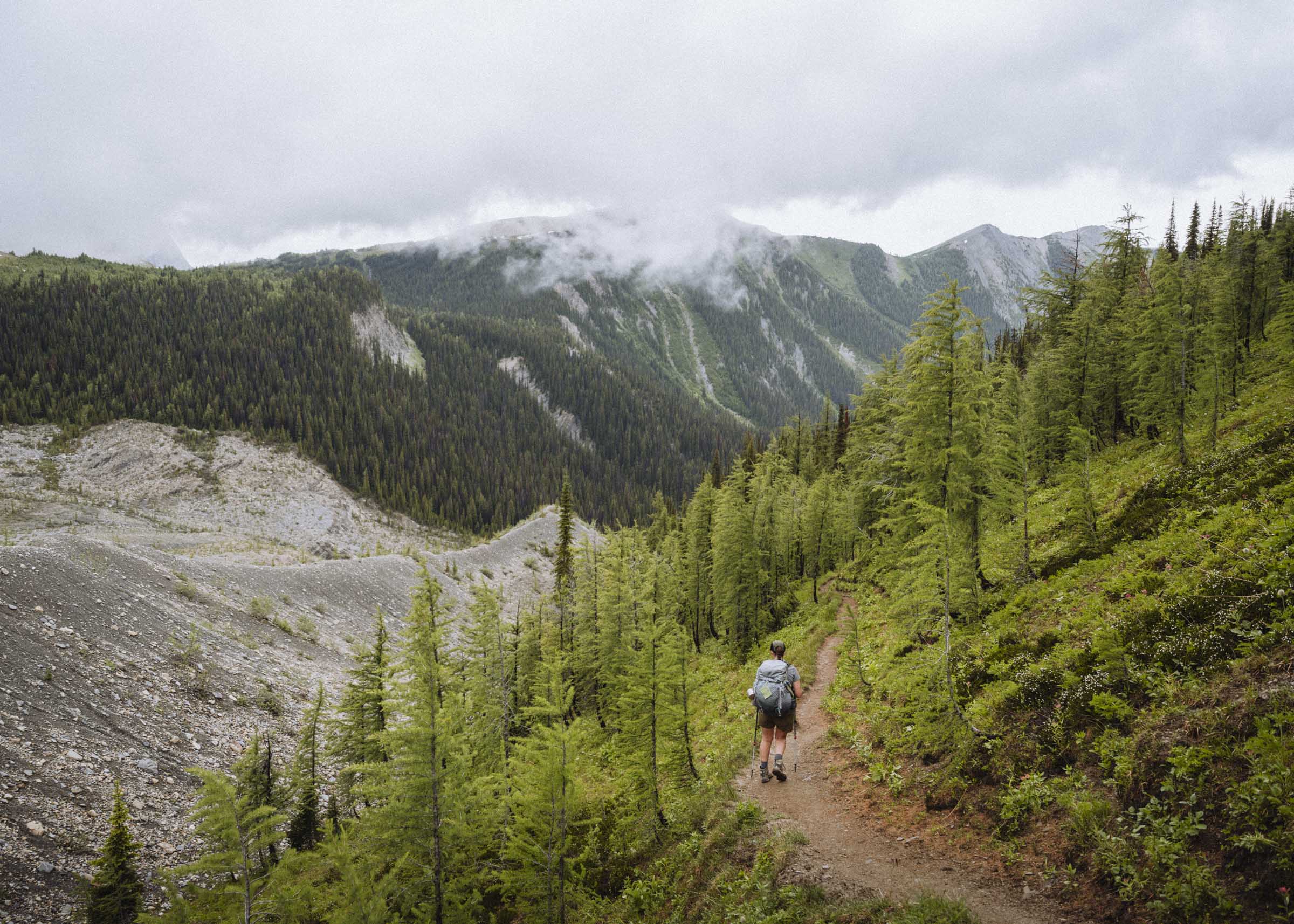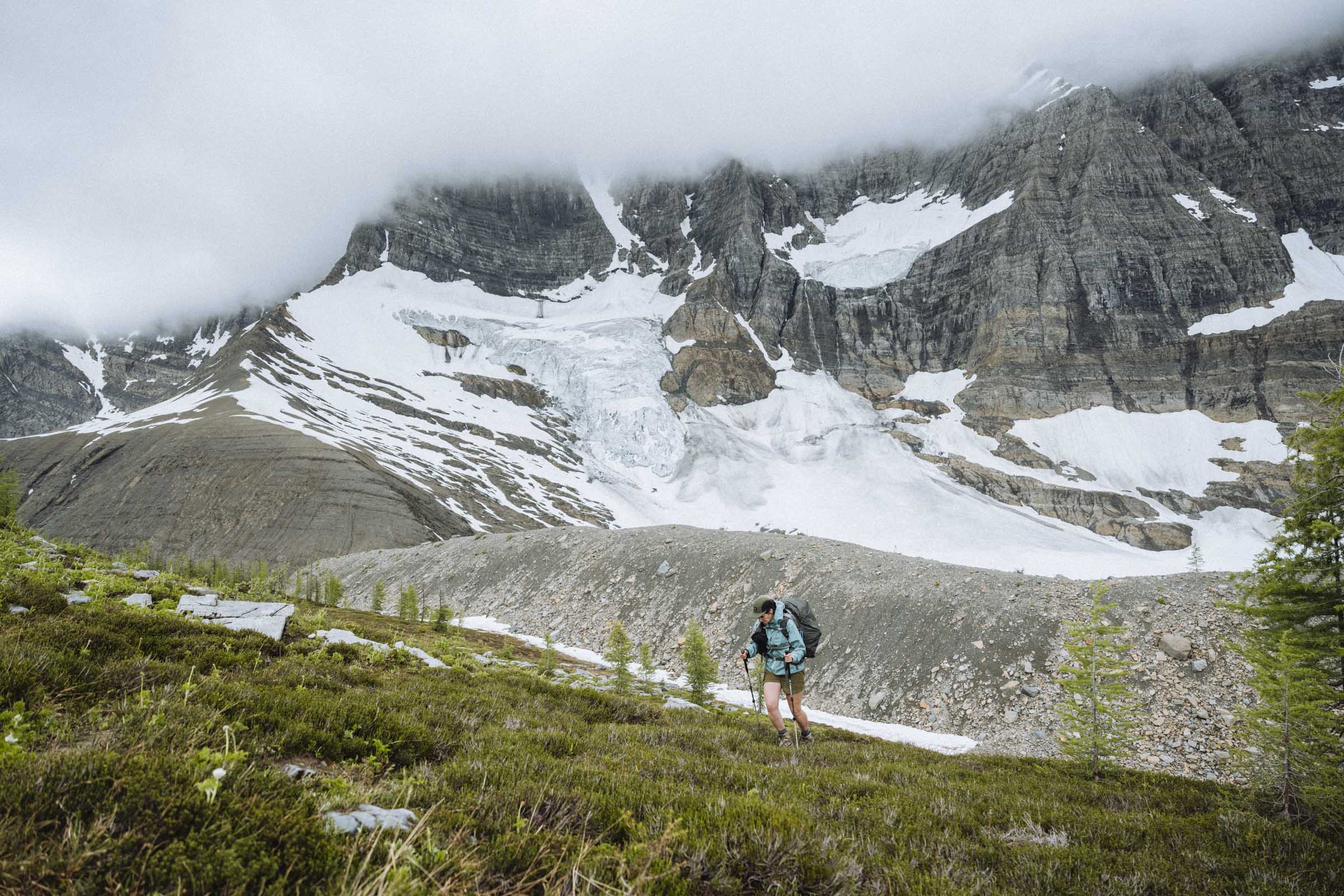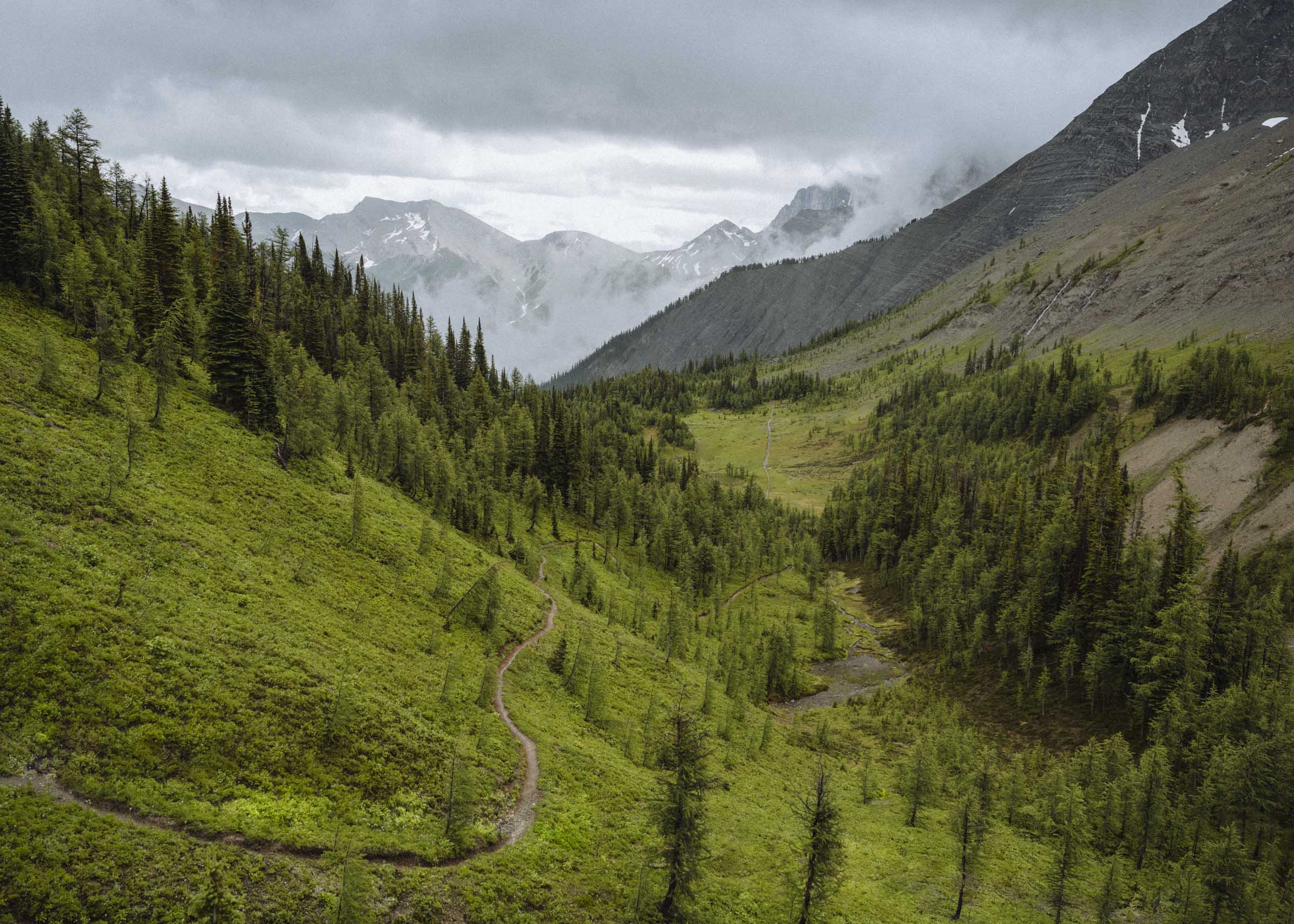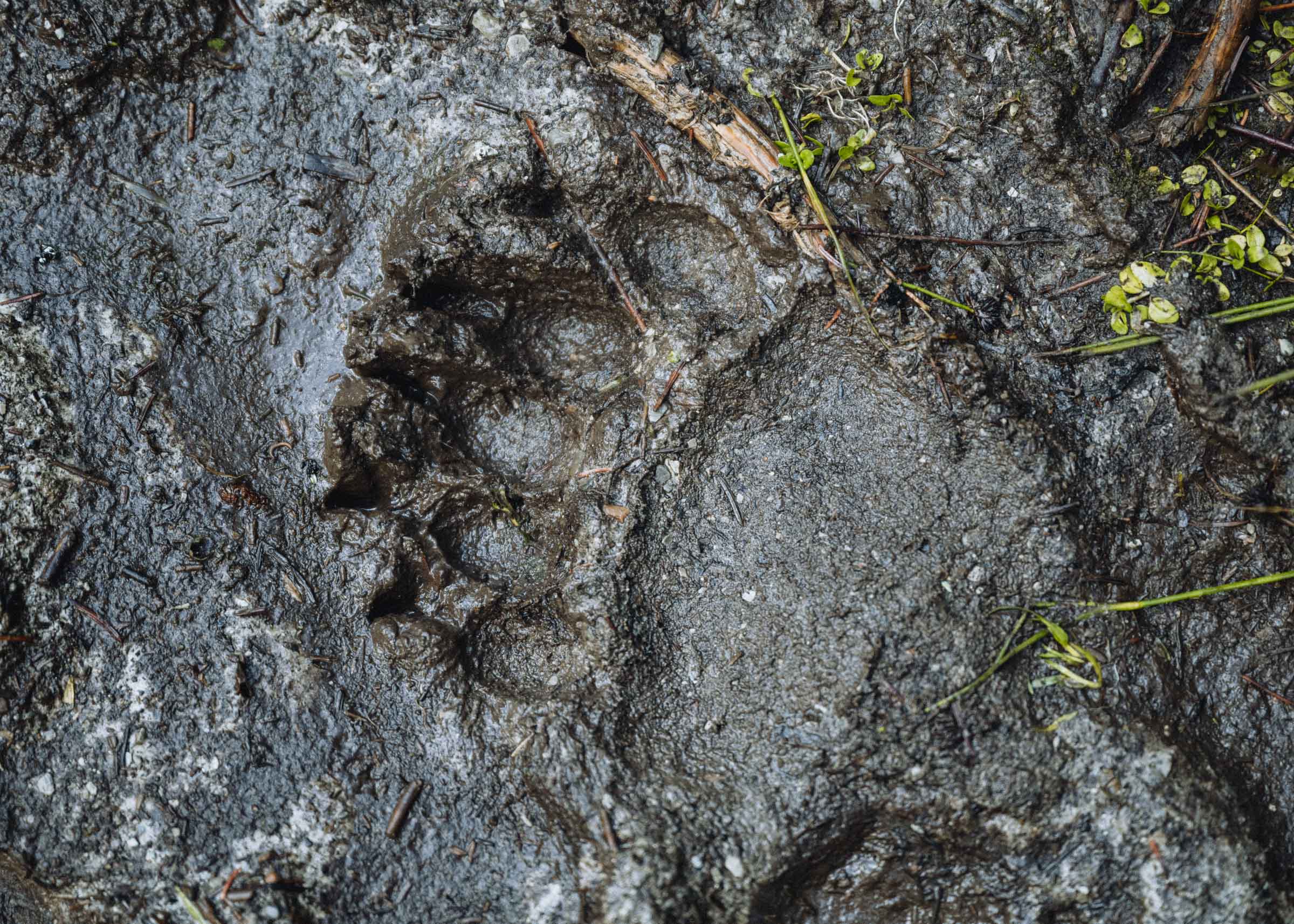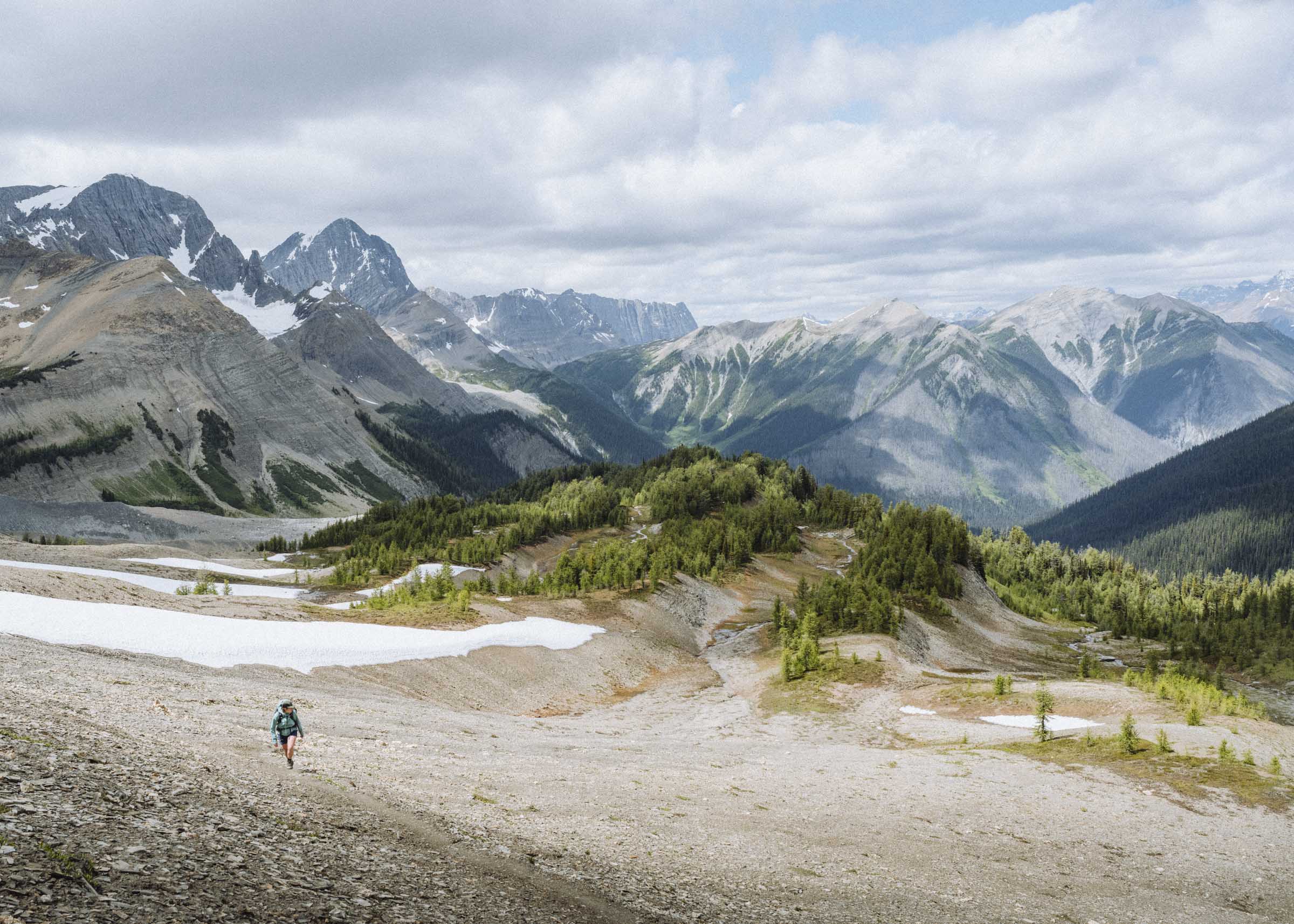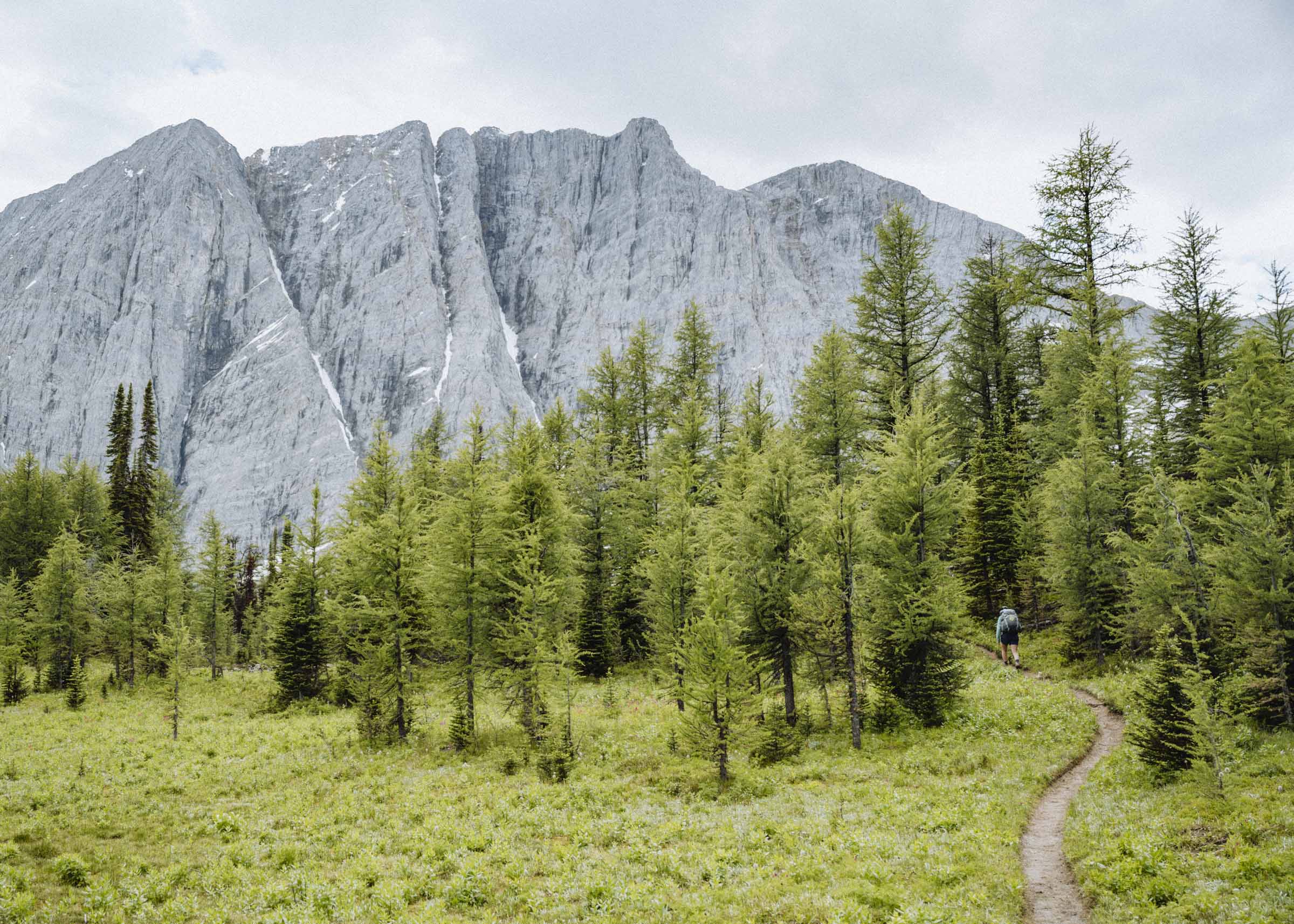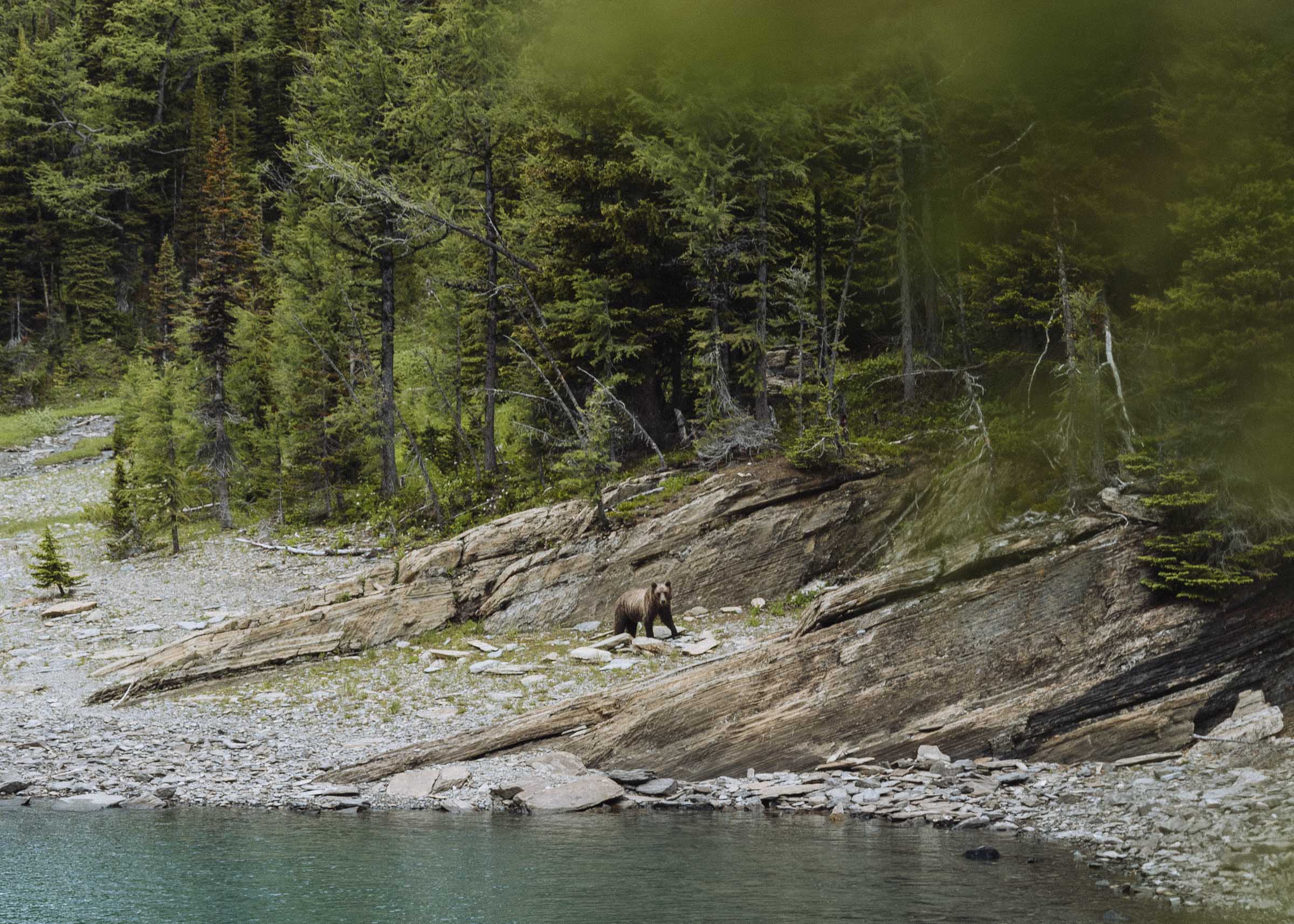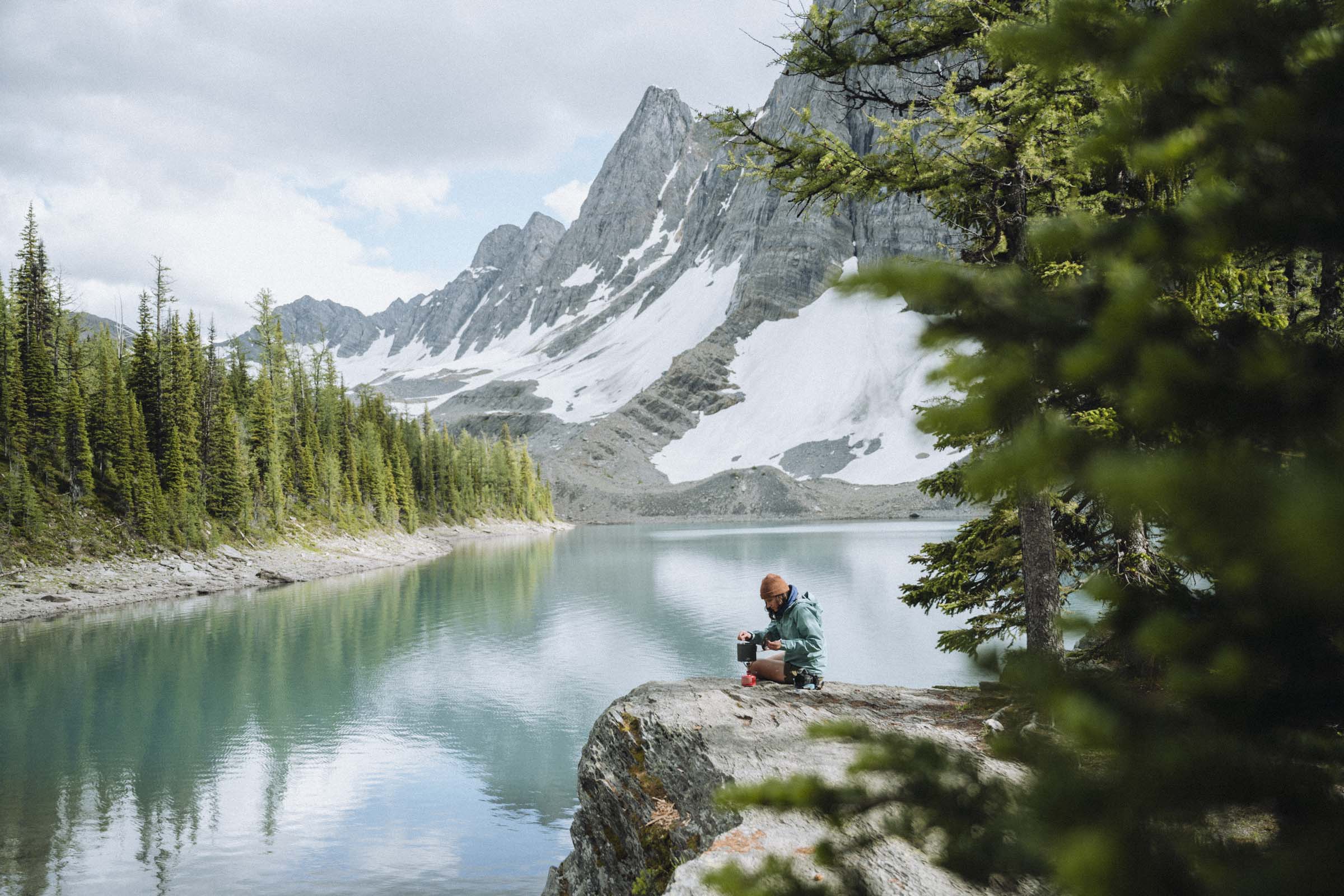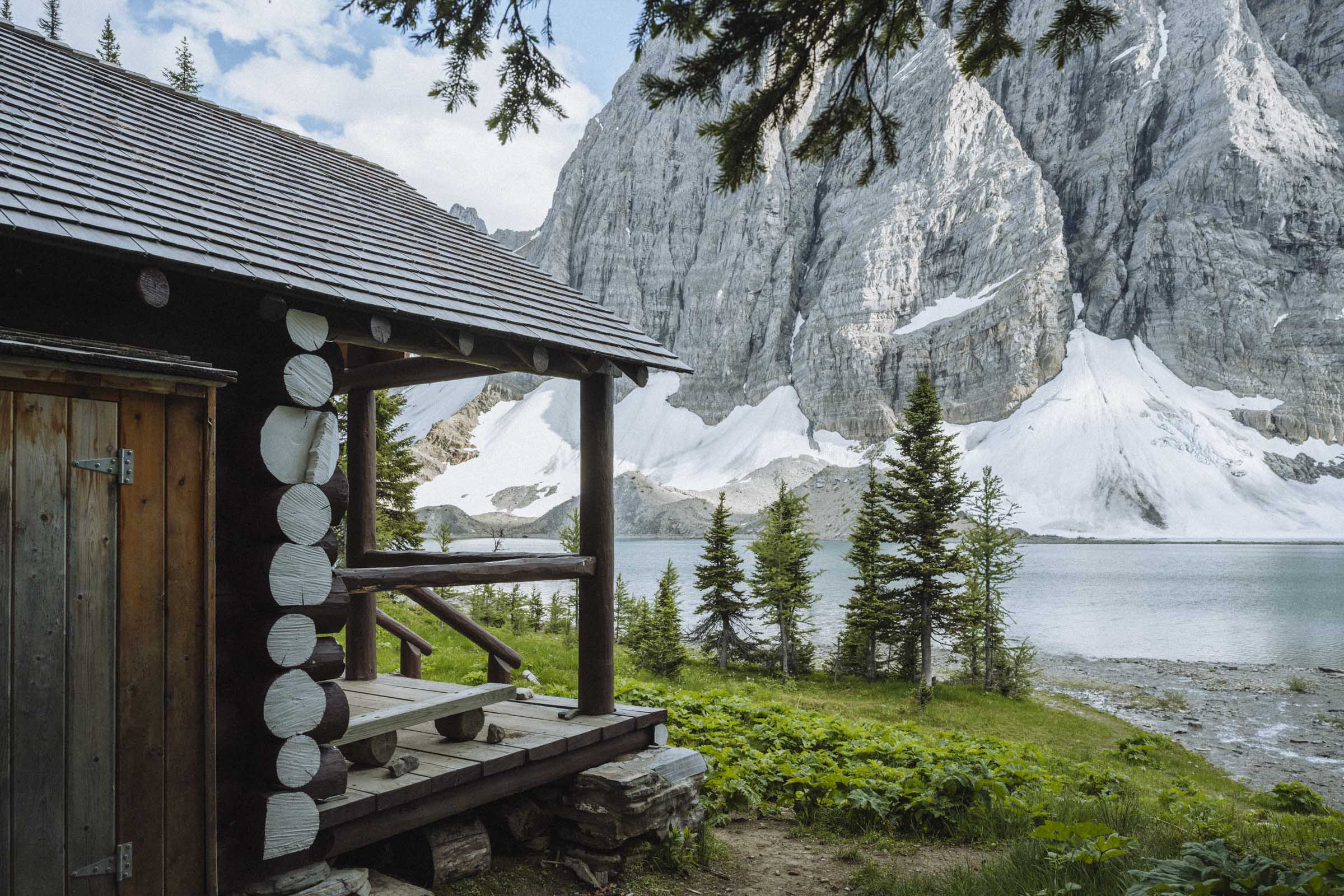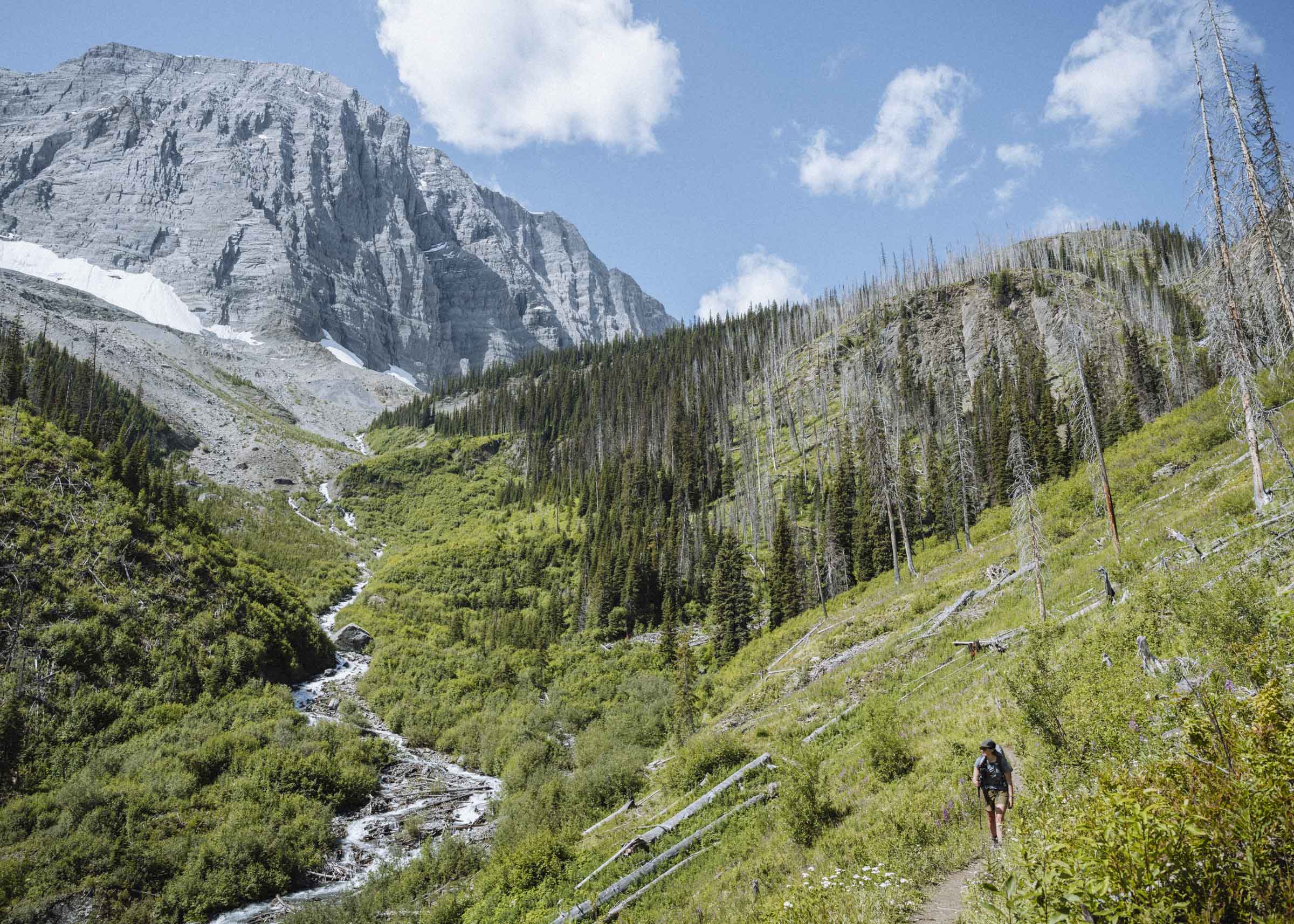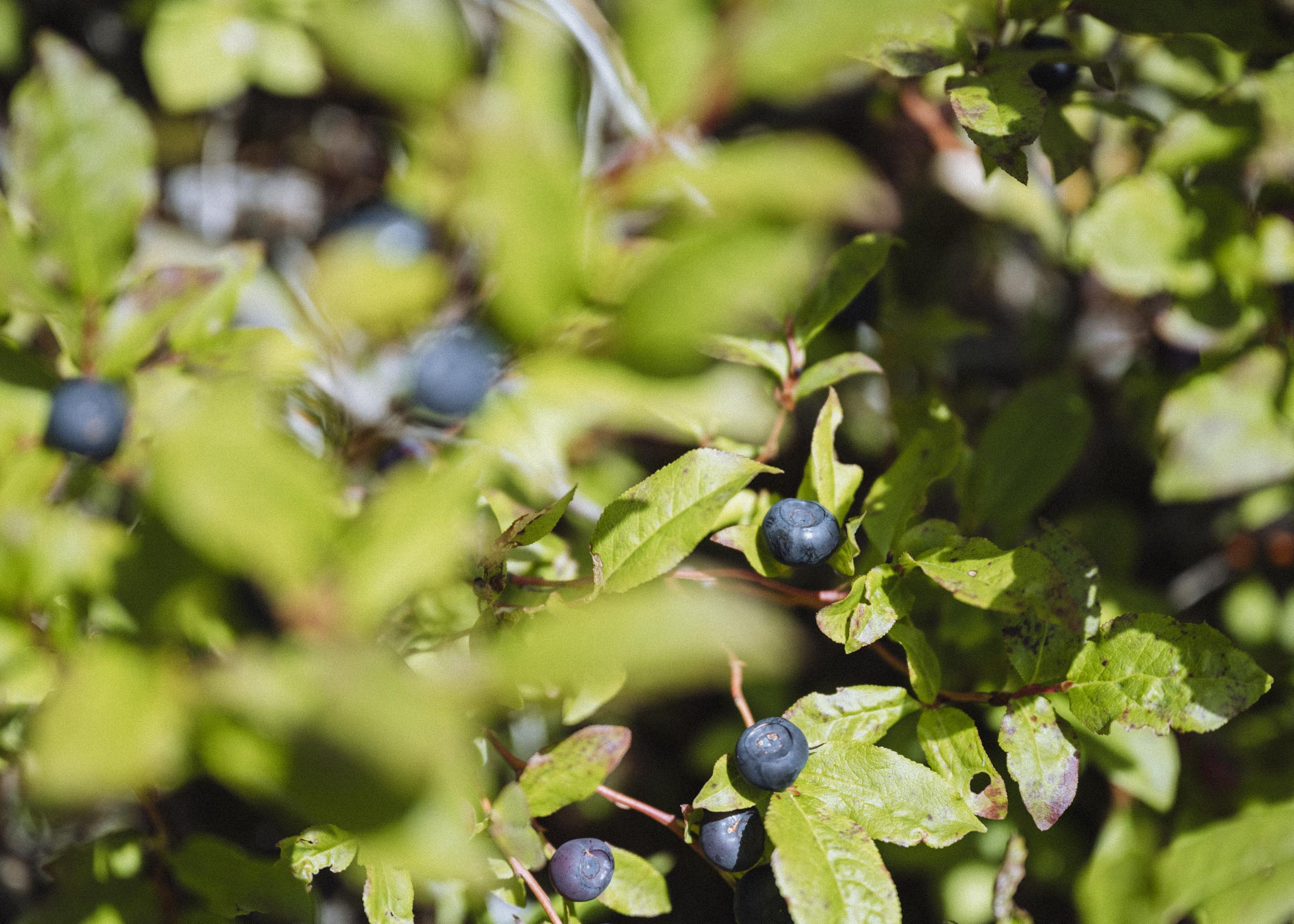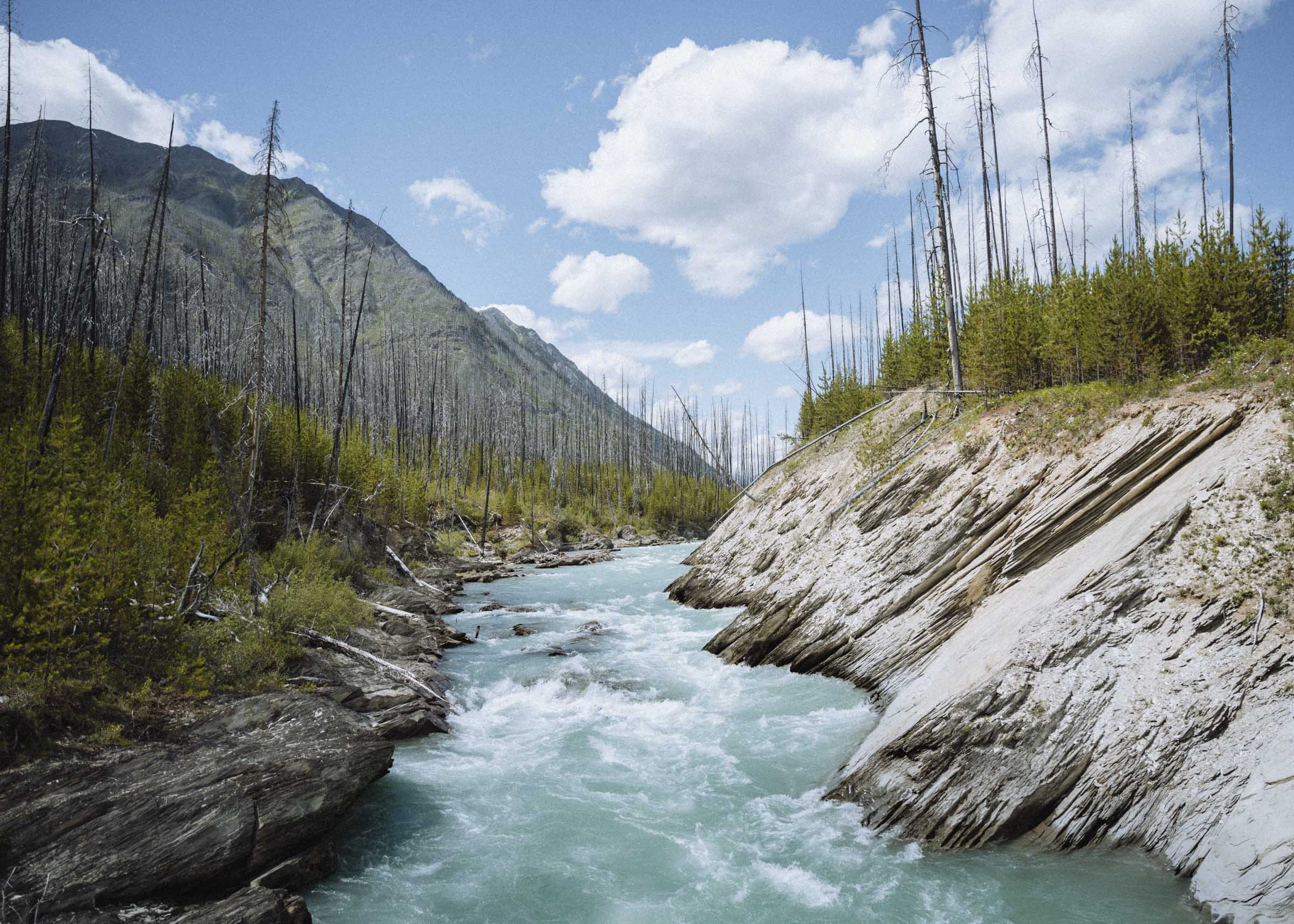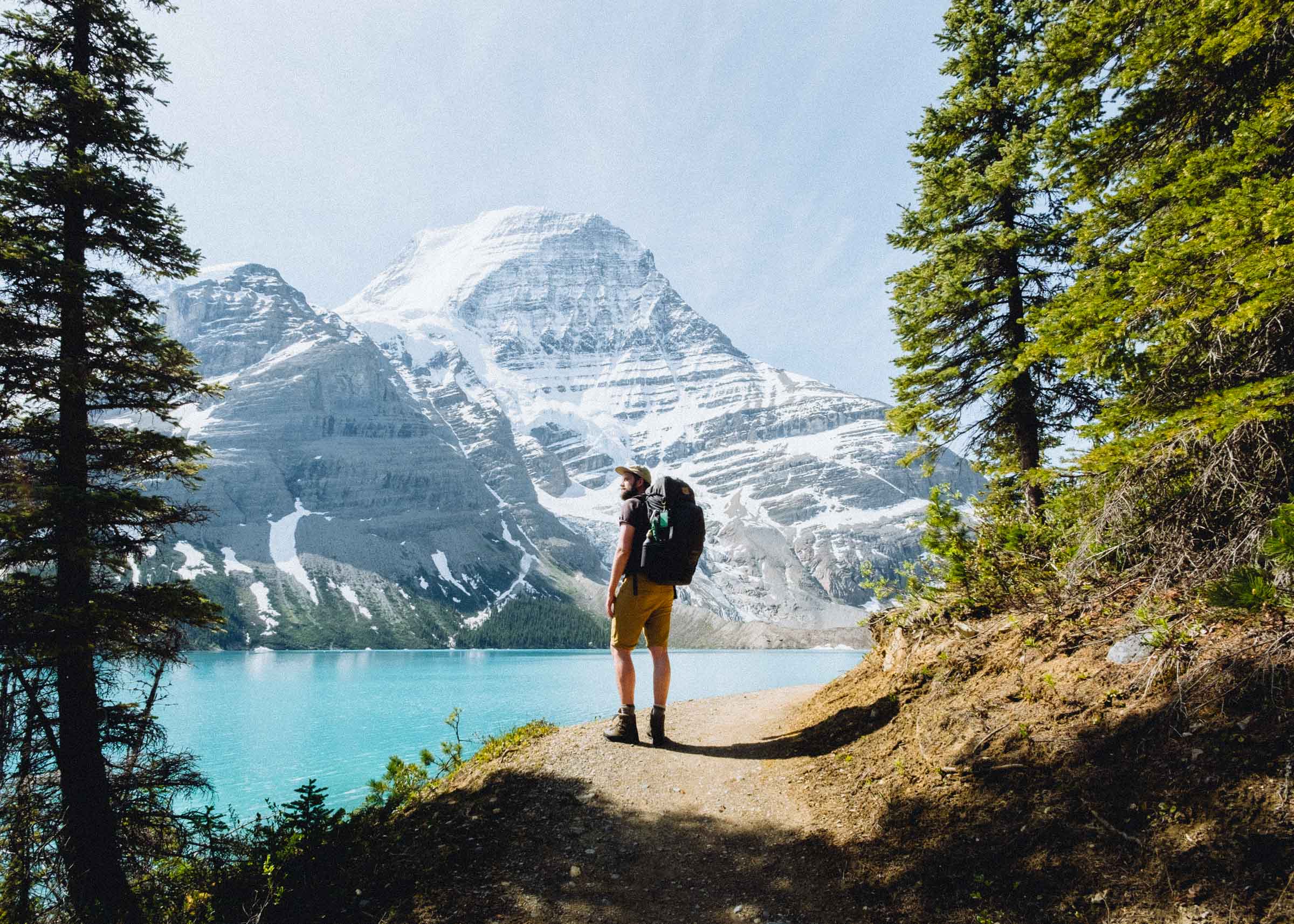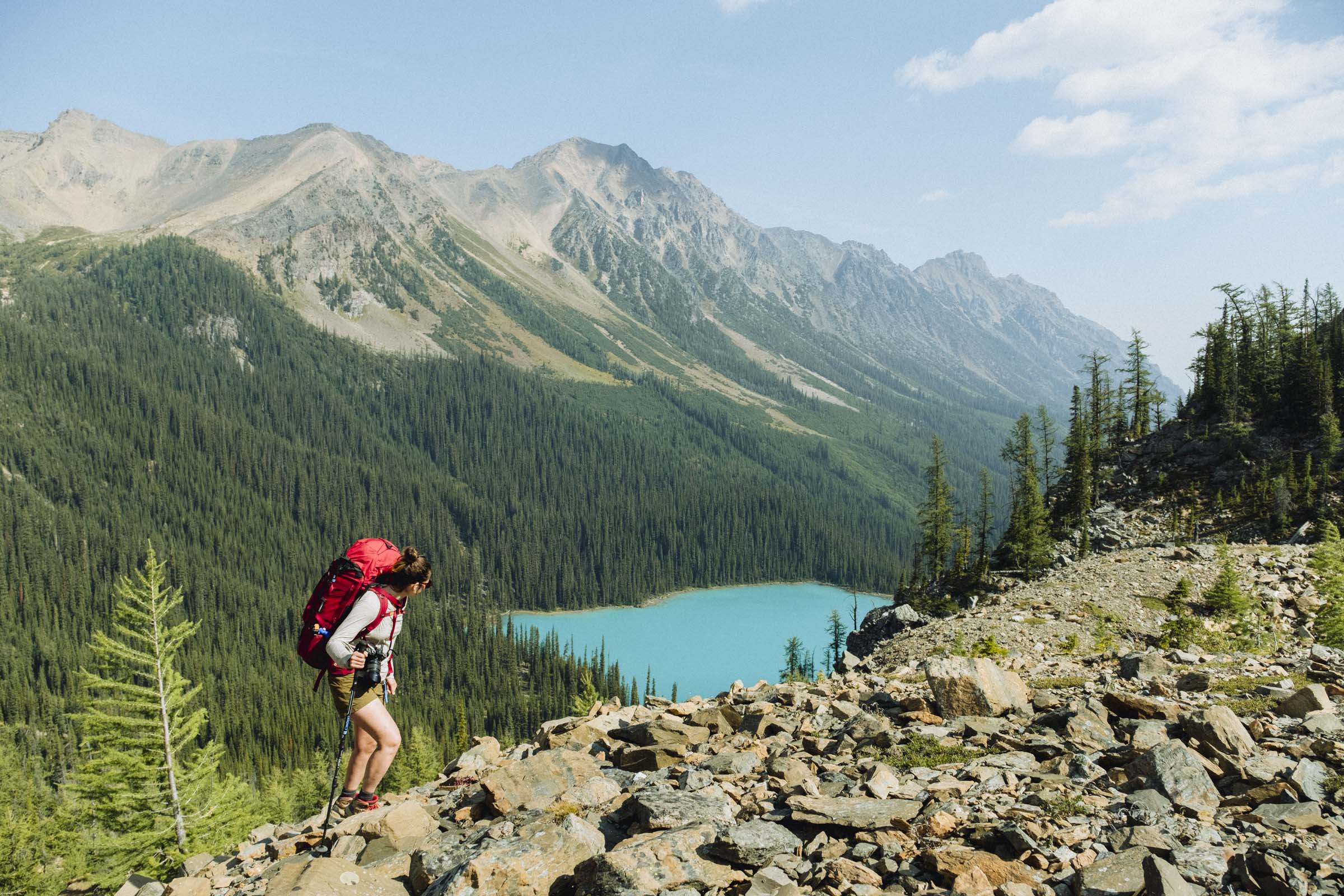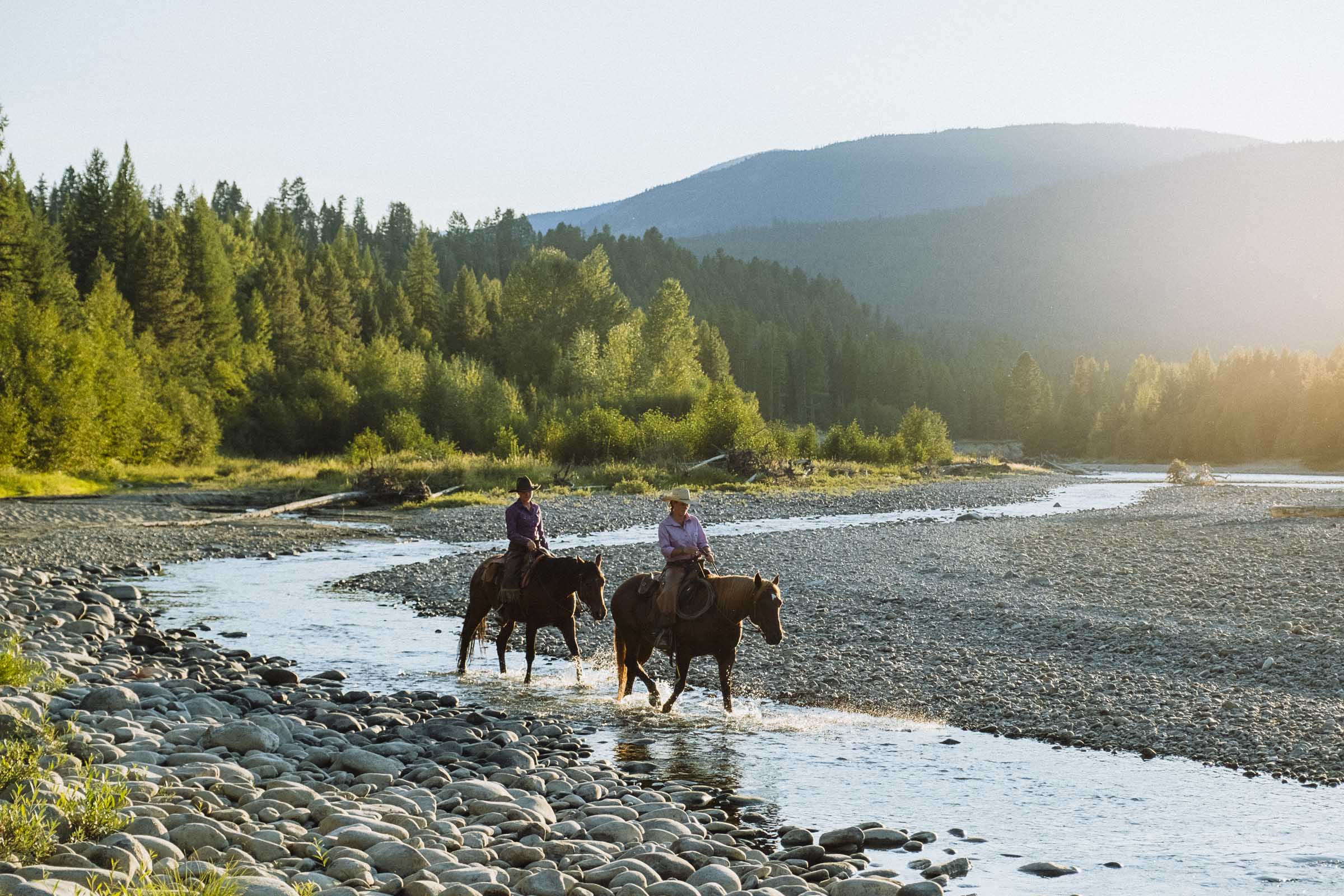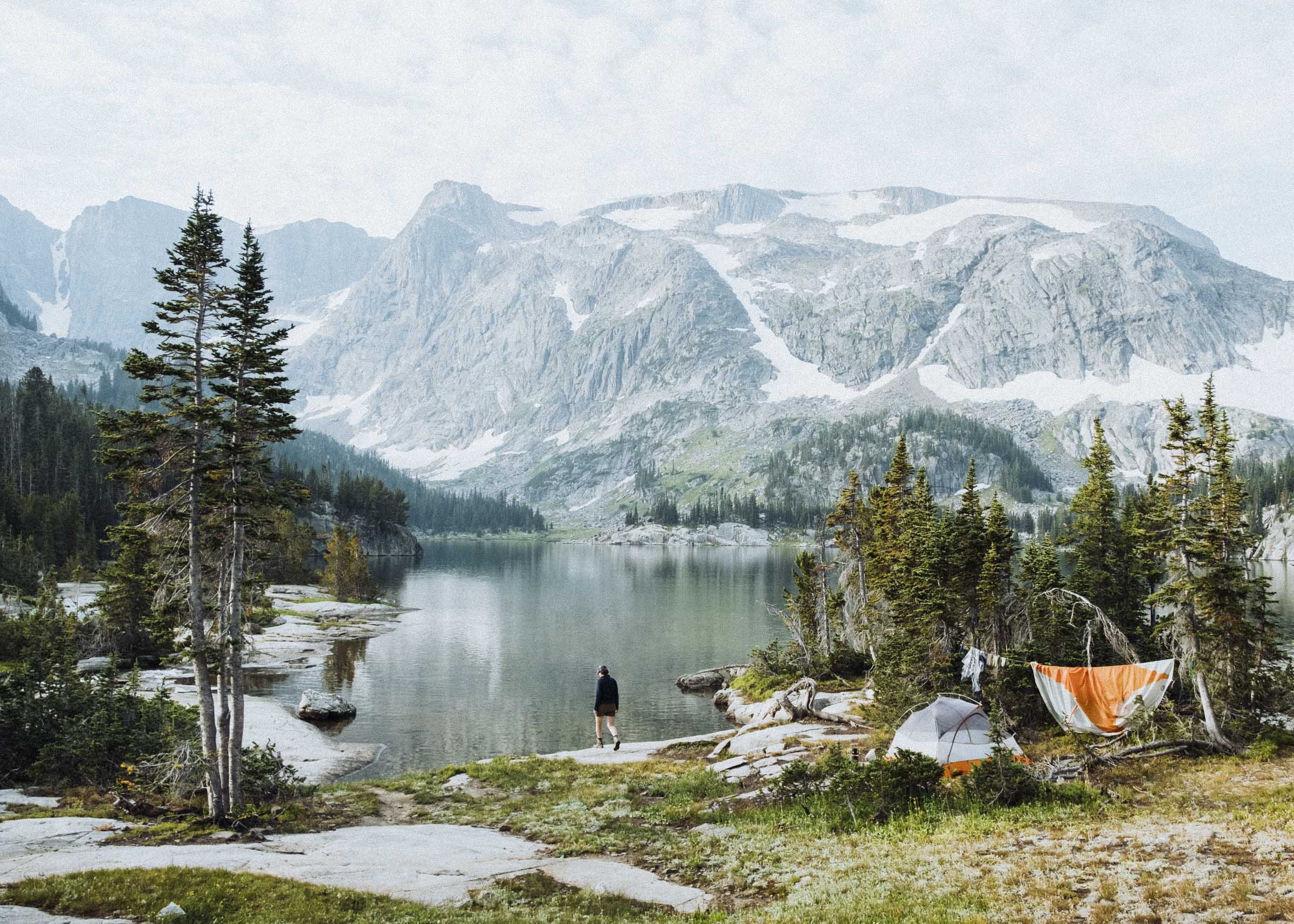The Rockwall Trail
Backpacking in Kootenay National Park
The Rockwall Trail is a 55km (34 mile) trek through the backcountry of Kootenay National Park. Named for the impressive limestone cliffs towering over the trail, the Rockwall Trail is a challenging hike, climbing three significant mountain passes, and is usually hiked over 3–5 days. You'll traverse flower-filled meadows and larch forests, down craggy creek valleys and up high passes, past waterfalls and hanging glaciers, and beneath the jagged peaks of BC's Rocky Mountains.
BEFORE YOU GO

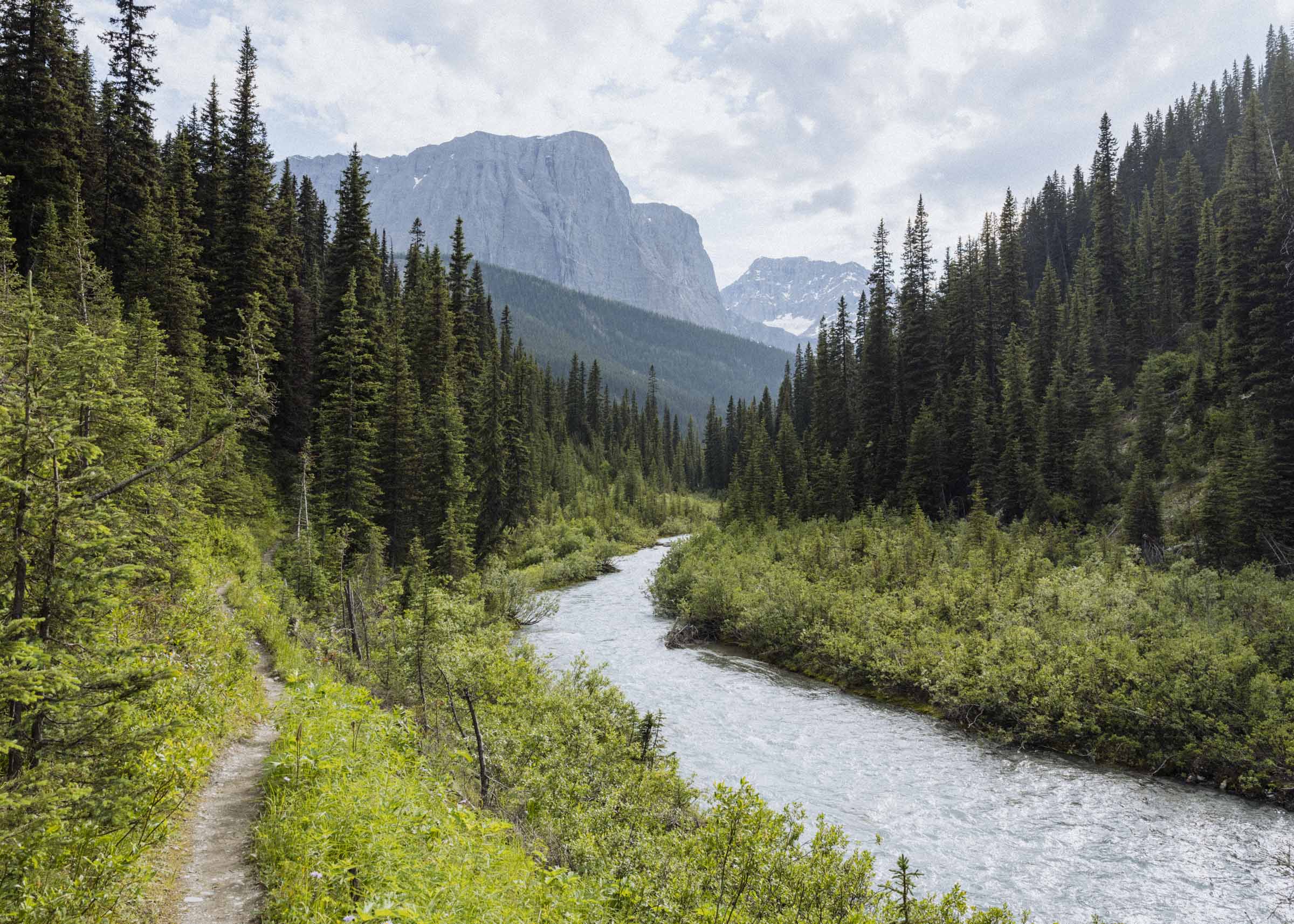
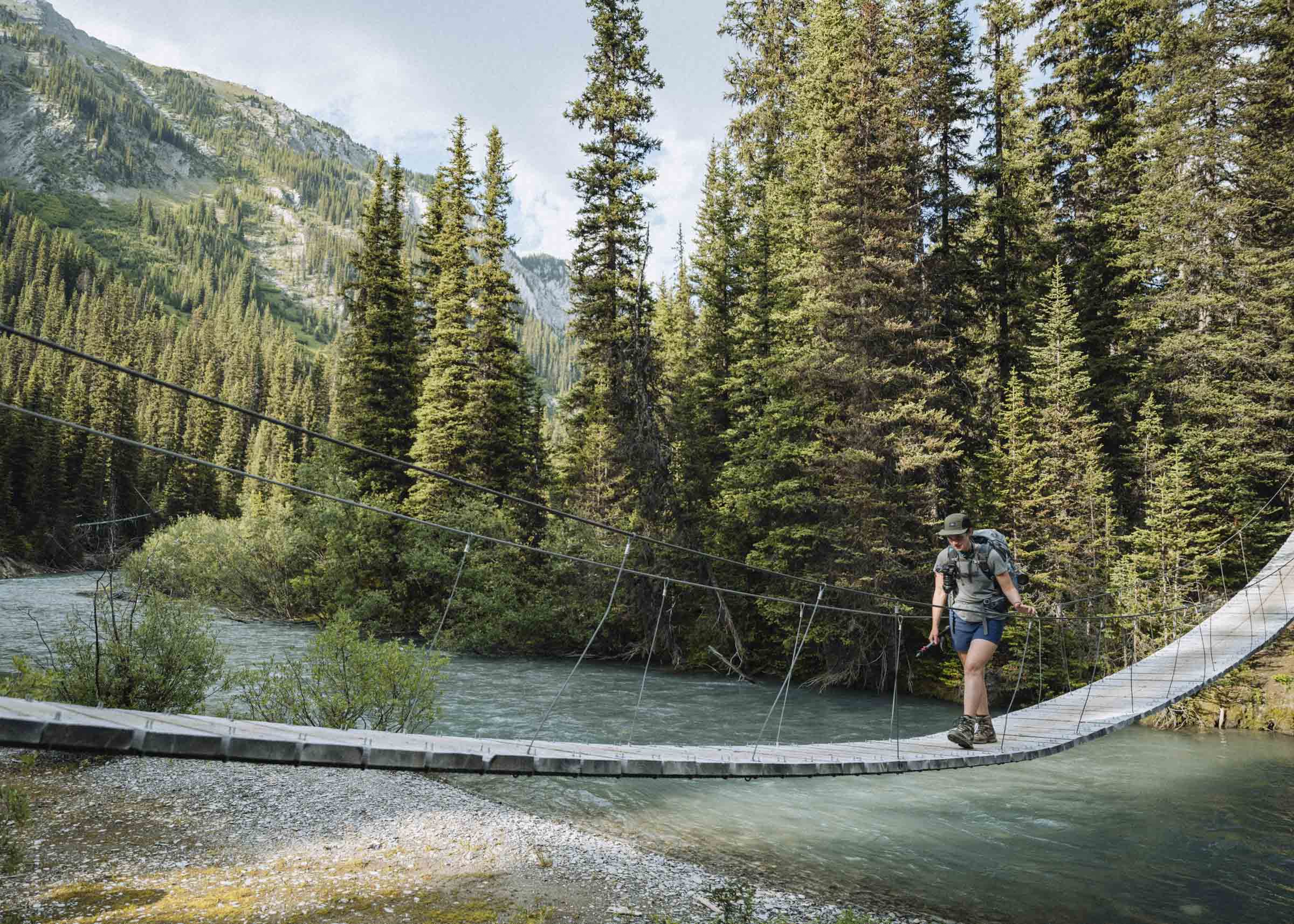
There are four trailheads (only three as of writing: Numa Creek is closed) but generally you want to look at the Paint Pots and Floe Lake trailheads if you have time to hike the whole thing (and if you have time to spare the Rockwall Trail is actually just a small section of the much longer Great Divide Trail, so consider it!). You can start from either direction, but the two main trailheads are 13km (8 miles) apart by car, so you'll want to either arrange a key swap with other backpackers or be prepared to hitchhike. If hitchhiking, we recommend parking where you finish and hitching to the start, so you can simply roll out of the mountains and into your car rather than waiting around tired and sweaty for someone to pick you up.
In addition to the National Parks pass you'll need to reserve backcountry permits for each night camping on the trail. There are 5 campgrounds along the Rockwall Trail, each placed about 8–12km apart. Most people hike it in 3 nights, but we chose a more leisurely 4 nights, reserving spots at Helmet Falls (for a long but relatively flat 15km first day), Tumbling Falls (12km), Numa Creek (8km), Floe Lake (10km), and finally hiking out to the trailhead on the final day (10km). Each campground has tent pads, easy creek to water, and a dedicated cooking/picnic area with bear lockers.
The trail passes through prime bear habitat, so be sure to eat and prepare food in the picnic area and not where you sleep, make noise as you hike, and if you're worried consider hiking in a group. We saw fresh paw prints on the trail a couple times, and had a grizzly come into camp at Floe Lake (and leave some poop by our tent — yikes!).
